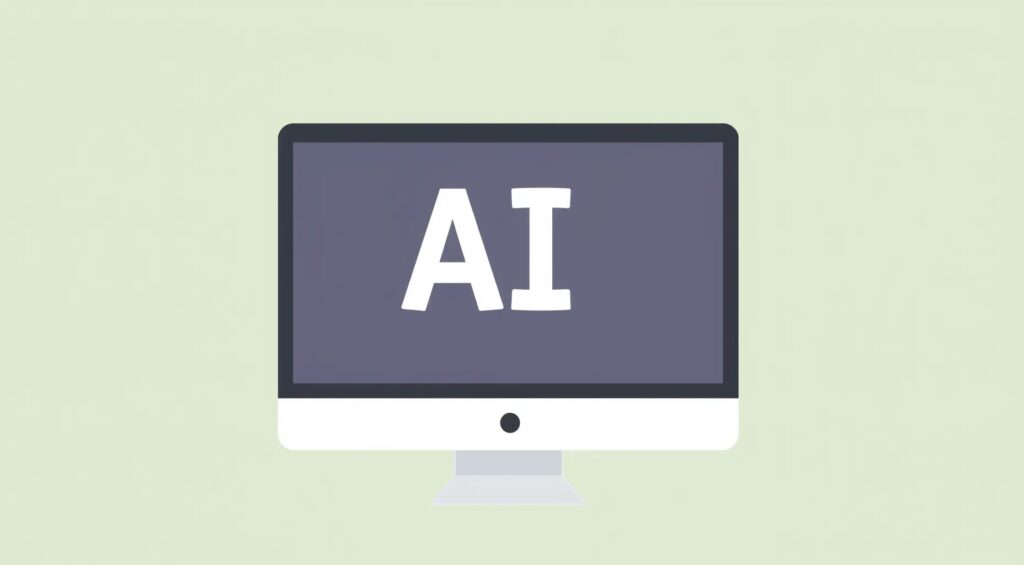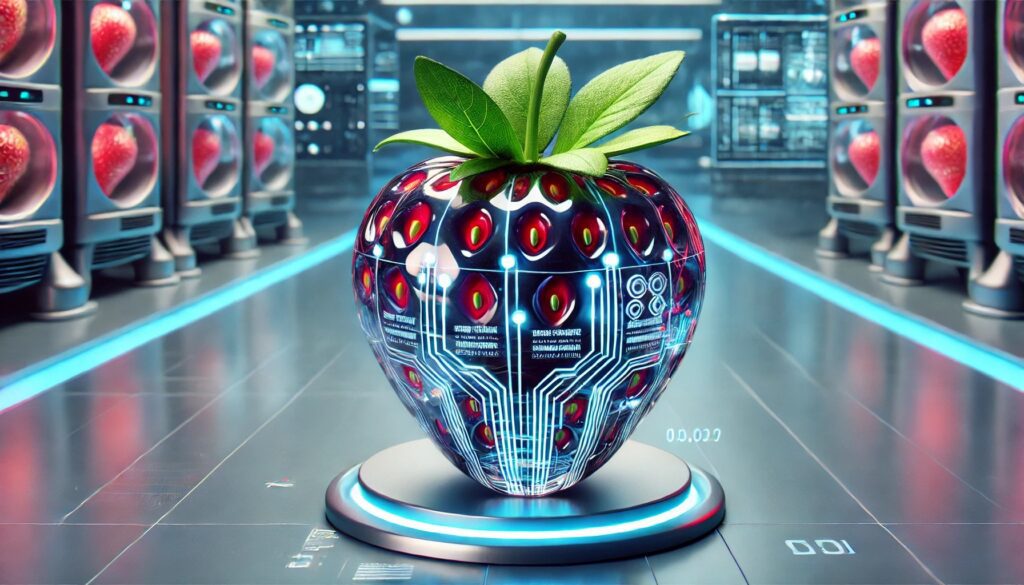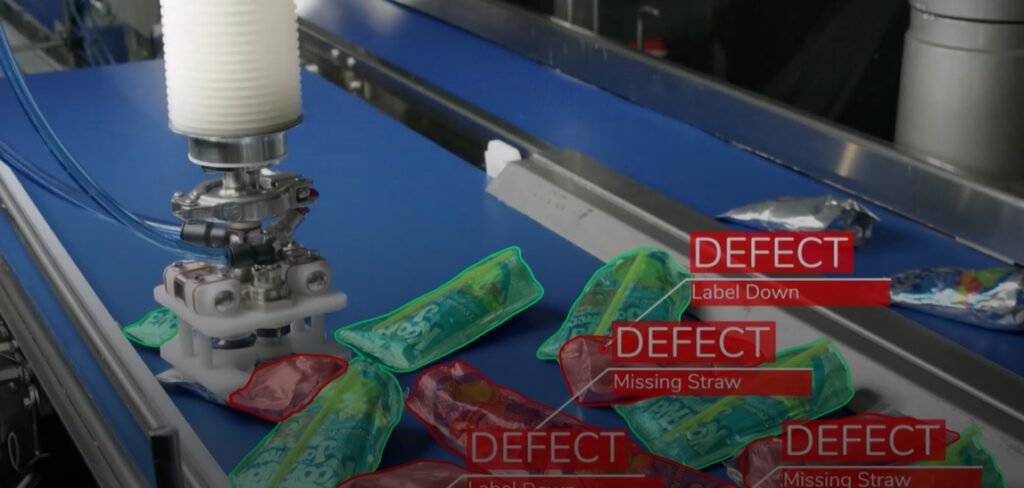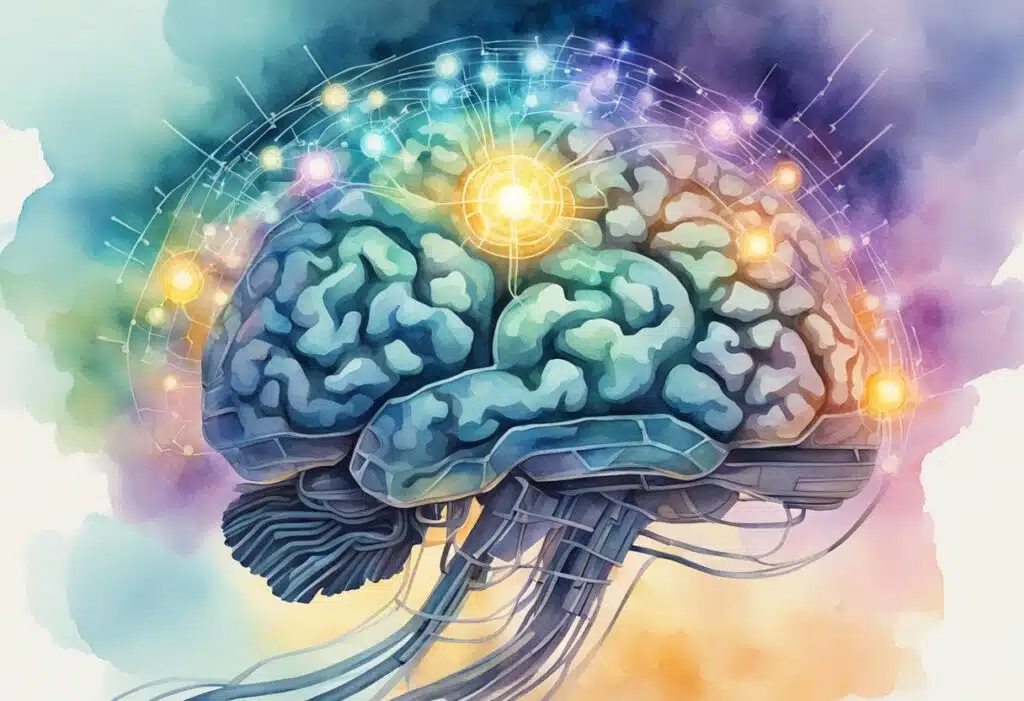
Hydrogels are rapidly emerging as a groundbreaking material with the potential to reshape our understanding of artificial intelligence (AI) and adaptive systems. These jelly-like substances, which have already found numerous applications in biomedicine, are now at the forefront of deep learning research. In particular, their ability to play and improve at a simple game like Pong underscores their potential as a new medium for computation and learning.
Understanding the Science Behind Hydrogel Learning
The idea that a soft material could mimic the computational abilities of neural networks might seem far-fetched at first. However, the science behind it is both elegant and compelling. Hydrogels are composed of a network of polymer chains that can hold large amounts of water, making them highly flexible and responsive to external stimuli. When electrically stimulated, ions within the hydrogel move, creating patterns of charge distribution that can function as a form of memory.
This memory isn’t identical to the synaptic connections found in the human brain, but it operates on a similar principle. In the brain, neurons communicate through electrical signals, and the strength of these connections changes with experience—a process known as synaptic plasticity. In hydrogels, the movement of ions under electrical stimulation creates a similar effect, albeit in a more primitive form. This movement of ions can influence how the material responds to subsequent stimuli, essentially allowing the hydrogel to “learn” from past experiences.
Hydrogel vs. Neural Networks: A Comparative Analysis
While neural networks in traditional AI are inspired by the complex interplay of neurons in the brain, the hydrogel brain offers a much simpler model of computation. Neural networks require vast amounts of data and computational power to learn and perform tasks, often necessitating significant energy resources. In contrast, hydrogels operate on a much smaller scale, both in terms of energy consumption and computational complexity.
For example, the hydrogel brain was able to play Pong by interacting with a computer simulation via a custom-built multi-electrode array. Over time, the hydrogel improved its gameplay, demonstrating a basic form of adaptive learning. This contrasts with systems like DishBrain, which uses actual brain cells to play Pong and can reach peak performance in as little as 20 minutes
The simplicity of the hydrogel brain doesn’t detract from its potential. Instead, it highlights a new direction for AI development—one that could lead to more energy-efficient, flexible, and adaptive systems. Researchers believe that understanding the underlying mechanisms of memory in hydrogels could pave the way for new types of algorithms and computational models that differ significantly from the current AI paradigm
Broader Implications for AI and Biomaterials
The implications of this research are profound, extending well beyond the confines of AI. The adaptive properties of hydrogels could be harnessed in various fields, from soft robotics to biomedical engineering. For instance, hydrogels have already been shown to mimic the beating of heart muscle cells, suggesting potential applications in developing artificial tissues and organs
Moreover, the success of the hydrogel brain in learning and adaptation opens up the possibility of creating smart materials that can respond to their environment in real-time. Such materials could be used in environmental sensing, where they might adapt to changing conditions without the need for external control systems. This could lead to more sustainable and efficient technologies in industries ranging from healthcare to environmental monitoring
Future Directions: Challenges and Opportunities
Despite the promising results, there are still significant challenges to overcome. The learning capabilities of hydrogels, while impressive, are currently limited compared to more advanced AI systems. Researchers need to explore how these materials can be scaled up and integrated into more complex computational frameworks. Additionally, the underlying mechanisms of ionic movement and memory in hydrogels are not yet fully understood, requiring further investigation
Looking ahead, the intersection of AI and biomaterials like hydrogels could lead to a new era of hybrid computing. By combining the strengths of both biological and artificial systems, we could develop technologies that are more adaptable, efficient, and integrated with the natural world. As research continues, the potential for hydrogels to revolutionize AI and related fields becomes increasingly clear
For further reading on the development of hydrogel brains and their applications, explore these sources
FAQs About Hydrogel Brains
What exactly is a “Hydrogel Brain”?
A hydrogel brain is a type of biohybrid system that integrates hydrogels—soft, water-rich materials—with biological or electronic components to simulate neural activity. This system mimics the functionality of neural networks found in the brain, potentially offering a novel approach to deep learning and AI. Unlike traditional AI, which relies on silicon-based hardware, hydrogel brains use organic materials, opening up new possibilities for how learning and computation can be achieved.
How does a hydrogel brain differ from traditional AI systems?
Traditional AI systems rely on silicon chips and complex algorithms to perform tasks, requiring significant computational power and energy. In contrast, hydrogel brains use organic materials that mimic the neural pathways of biological brains. This could make hydrogel brains more adaptive and energy-efficient, as they leverage natural processes for learning and memory formation, potentially reducing the need for vast computational resources.
How was the hydrogel brain trained to play Pong?
The hydrogel brain was trained by interfacing it with a computer simulation of Pong, using methods similar to those applied in traditional AI. Through repeated gameplay and electrical stimulation, the hydrogel brain learned to improve its performance over time. The movement of ions within the hydrogel acted as a primitive form of memory, allowing the material to adapt its responses based on past experiences.
Why is Pong used as a benchmark in AI research?
Pong is a classic video game that, despite its simplicity, requires quick decision-making and real-time adaptability. These features make it an ideal benchmark for testing the capabilities of AI systems, particularly in learning, adaptation, and decision-making. The game’s straightforward mechanics allow researchers to focus on how well the AI system can learn and optimize its strategy over time without the complexity of more advanced games.
What are the potential applications of hydrogel brains beyond gaming?
Beyond gaming, hydrogel brains could revolutionize various fields, including robotics, adaptive learning systems, brain-computer interfaces, and medical devices. For instance, they could be used to develop soft robots that adapt to their environment or medical implants that mimic neural functions to restore lost capabilities in patients. Their ability to learn and adapt in real-time makes them suitable for applications requiring ongoing adjustment and interaction with dynamic environments.
Are hydrogel brains more efficient than traditional AI systems?
While still in the early stages of development, hydrogel brains have the potential to be more energy-efficient and adaptive than traditional AI systems. This efficiency stems from their ability to utilize biological processes for learning, which could lead to lower energy consumption compared to the resource-intensive processes used in conventional AI systems. As the technology matures, it could offer significant advantages in scenarios where energy efficiency and adaptability are critical.
How do hydrogels create memory similar to neural networks?
Hydrogels create memory through the movement of ions within their structure when subjected to electrical stimulation. This ionic movement leads to changes in the material’s internal structure, which can be “remembered” when similar stimuli are applied again. This process is analogous to how neurons in the brain strengthen their connections through repeated activation, forming the basis of synaptic plasticity. In hydrogel brains, these ionic shifts enable the material to adapt its responses based on previous experiences, mimicking the memory mechanics seen in neural networks.
Can hydrogel brains be integrated with existing AI technologies?
Yes, hydrogel brains have the potential to be integrated with existing AI technologies, particularly in creating hybrid systems. These systems could combine the adaptability and energy efficiency of hydrogels with the processing power of traditional AI, leading to more robust and versatile applications. For example, integrating hydrogels into brain-computer interfaces could enhance the interface’s ability to learn and adapt to the user’s needs over time, providing a more seamless and natural interaction.
What are the ethical considerations surrounding the use of hydrogel brains?
There are several ethical considerations surrounding the use of hydrogel brains, particularly as they blur the line between organic and artificial intelligence. Concerns include the potential misuse of this technology in surveillance, military applications, or other areas where adaptive intelligence could be exploited. Moreover, questions arise about consciousness and agency in systems that mimic biological processes. Ensuring responsible development and usage of hydrogel brains will require careful regulation and ethical oversight.
How does the development of hydrogel brains impact the future of AI research?
The development of hydrogel brains represents a shift towards more biomimetic approaches in AI research. This could lead to the creation of AI systems that are more efficient, adaptable, and capable of operating in real-world environments. By exploring alternative materials and learning mechanisms, researchers are opening up new avenues for AI development that could complement or even surpass traditional silicon-based technologies, ultimately leading to more sustainable and integrated AI systems.
What is the long-term potential of hydrogel brains in medicine?
In medicine, hydrogel brains could play a transformative role, particularly in the development of prosthetics, neural implants, and biomedical devices. Hydrogels that mimic neural activity could be used to create responsive prosthetic limbs or repair damaged neural tissues, offering new treatments for conditions like spinal cord injuries or neurodegenerative diseases. The adaptive and learning capabilities of hydrogels could also lead to personalized medical devices that evolve with the patient’s needs, enhancing both treatment outcomes and quality of life.
What challenges do researchers face in developing hydrogel brains?
Researchers face several challenges in developing hydrogel brains, including the complexity of integrating biological components with artificial systems, ensuring long-term stability, and scaling the technology for more complex tasks beyond simple games like Pong. Achieving these goals will require further advancements in both the materials used and the computational frameworks that support these biohybrid systems.
For more detailed insights and developments on hydrogel brains, refer to the original research articles and scientific reviews.





